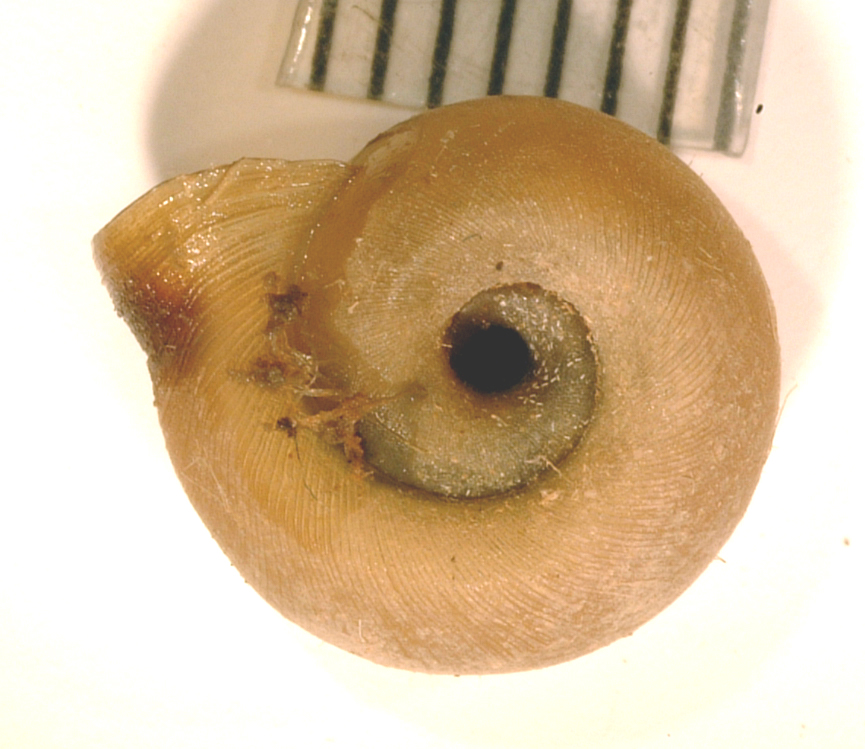Interactions
Trematode Interactions
 Planorbella campanulata act as the intermediate host to
many trematode species who's definitive hosts include turtles,
bats, muskrats and even humans (Baker
1945). The main group of trematodes that infect the family Planorbidae,
as an intermediate host, are the blood
flukes or schistosoma (Baker 1945).
The blood flukes can effect humans in
many ways, mainly by causing the disease schistosomiasis (Hickman
2009).
Another intermediate host that Planorbella campanulata
acts for is the species Uvulifer amboplitis, better
known as the black spotted flatworm (Bunkley-Williams
1994). This flatworm
infects fish as its definitive host (Bunkley-Williams
1994). Alaria
is another species that Planorbella is the intermediate
host in its life cycle (Belden 2005).
Planorbella campanulata act as the intermediate host to
many trematode species who's definitive hosts include turtles,
bats, muskrats and even humans (Baker
1945). The main group of trematodes that infect the family Planorbidae,
as an intermediate host, are the blood
flukes or schistosoma (Baker 1945).
The blood flukes can effect humans in
many ways, mainly by causing the disease schistosomiasis (Hickman
2009).
Another intermediate host that Planorbella campanulata
acts for is the species Uvulifer amboplitis, better
known as the black spotted flatworm (Bunkley-Williams
1994). This flatworm
infects fish as its definitive host (Bunkley-Williams
1994). Alaria
is another species that Planorbella is the intermediate
host in its life cycle (Belden 2005).
A study was conducted to see the correlation between frog limb deformities and trematodes infecting the frogs through the intermediate host Planorbella campanulata (Kiesecker 2002). The study found a strong correlation between infected snails in the ecosystem and an increase in frog limb deformities (Kiesecker 2002). There was also a 37% decrease in frog size due to the infected snail species in the ecosystems (Kiesecker 2002).
Predators
The main predators of freshwater snails are fish, aquatic birds, crayfishes, leeches, beetle larvae, water bugs and dragon fly nymphs (Baker 1945). In addition to these predators, there is a larvae of the family Sciomyzidae where they are known as the "snails killers" (Baker 1945).
A study was conducted between crayfish and snails to find if there is any correlation to the diversity of snails and the amount of crayfish in the studied area (Lodge 1994). It was found that in lakes and ponds having a high density of crayfish reduced the total amount of snails and the amount of snail species in those lakes (Lodge 1994).
Please visit my references to see where all the information was found for this website.
Would you like to revisit my home page?
